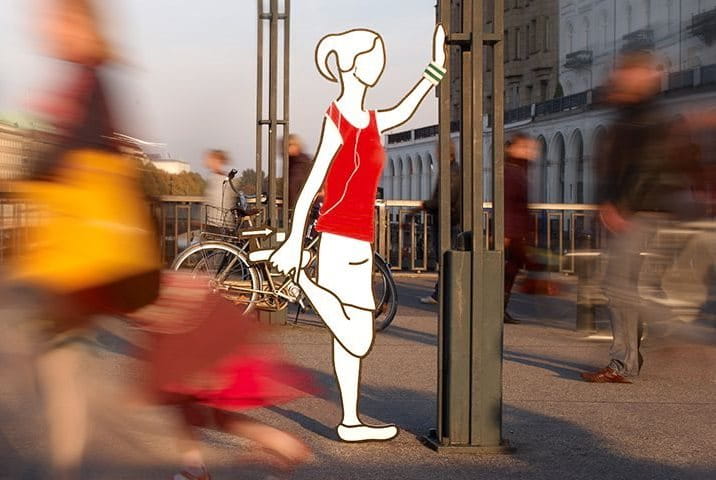Details Can Make All The Difference
Is neck pain and sitting at a desk really interrelated?
What many people don’t know is that your work environment (be it the position of your computer, the height of your desk or the ergonomic shape of your chair) only has a minimal influence on muscle pain. So forget blaming your office chair. It’s not your chair, it’s probably you!

Of course, making your work environment as pleasant as possible is always a good idea. But what really matters in preventing back, neck and shoulder pain is setting a daily routine that includes exercises and stretches to strengthen your muscles. Working out counterbalances the damage caused by long periods of inactivity and monotonous schedules.
Additionally, it’s useful to note that the pain isn’t always due to physical factors. Mental stressors such as overwork or heavy workloads can greatly contribute to back aches as well. This is because when you are stressed out, your muscles tend to tense up, and this constant strain causes lingering aches.
Neck and shoulder pain relief
Tight muscles in the neck and shoulders are often caused by stress and psychological strain instead of any physical factors. Figuring out your personal stress triggers—such as overwork, conflicts at the workplace, interpersonal problems—are and what role they might play in your physical health.
Here are some other factors to take into consideration:
A little extra care and diligence is all it takes to expend muscle pain. Check out more information on back pain here: 5 Easy Ways to Relieve Neck and Shoulder Pain
MOVE IT! If you must sit at your desk for an extended time, change position often and give your back a break by standing up and walking around every hour or so, or doing some exercises. Take every chance you can get to move around, Choose the stairs over the lift.
Disclaimer - Please note that the above recommendations are general care tips. Consult a health care professional in case of any uncertainty around wound treatment and healing.
Always see your doctor if a wound is deep, bleeding profusely, or showing infection signs. For diabetic patients especially, proper wound care holds the utmost importance. Do not hesitate to discuss any concerns you may have with your doctor or your podiatrist, even when minor wounds and cuts – especially if they’re on your feet.
The information provided through this website should not be used to diagnose or treat a health problem or disease. Although compiled with great care, it is not a substitute for professional advice. If you have or suspect a health problem, consult your doctor immediately.









